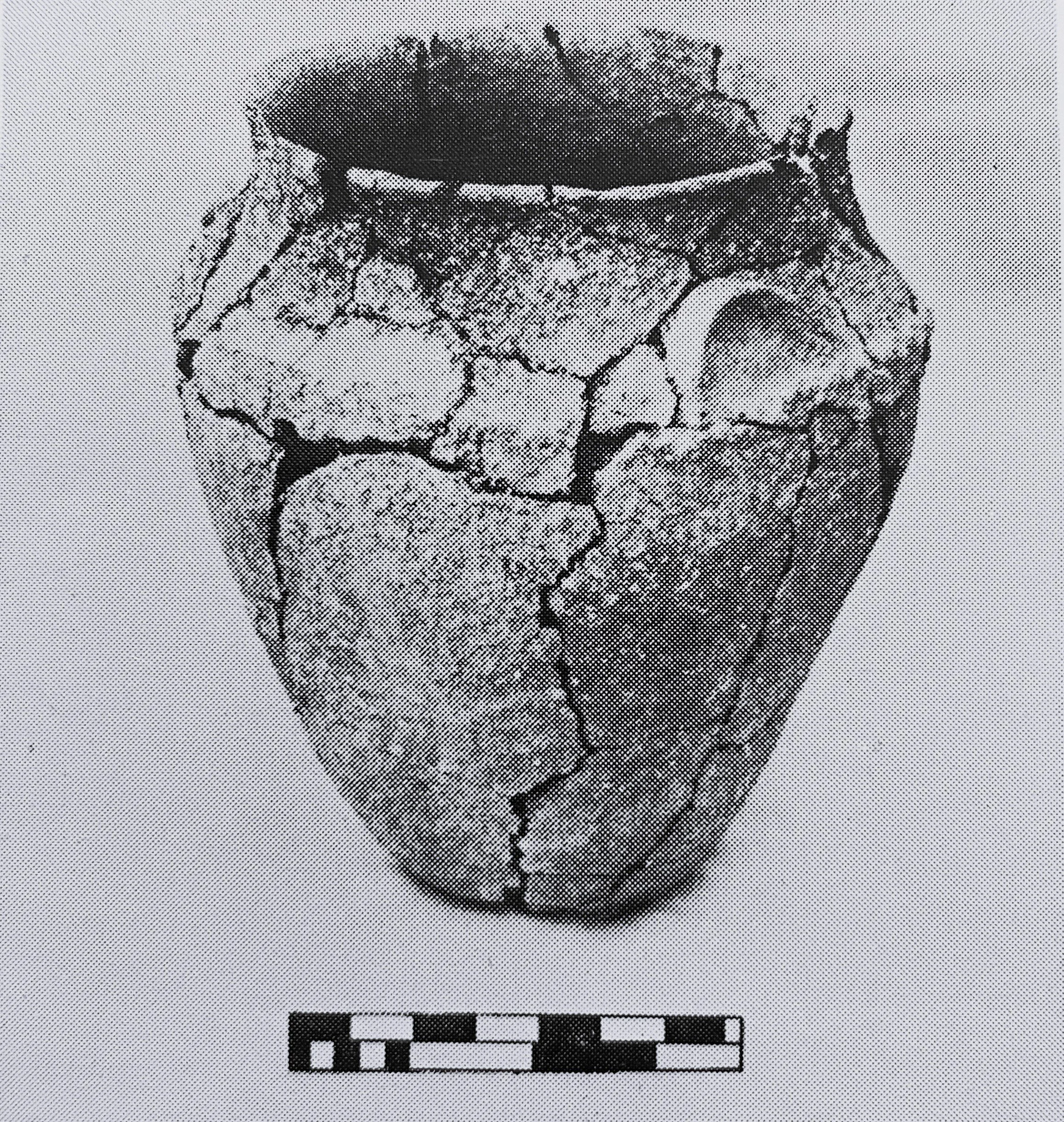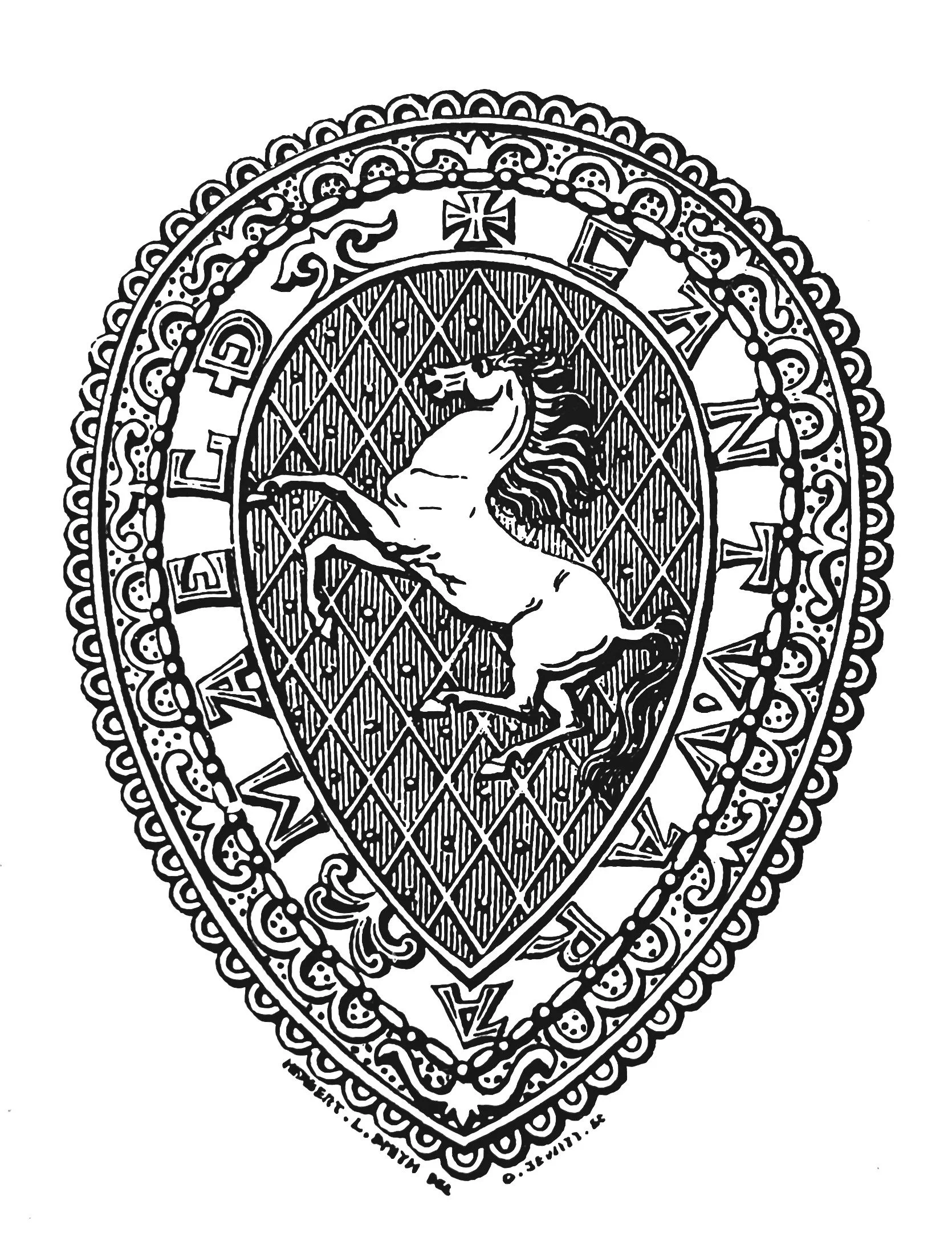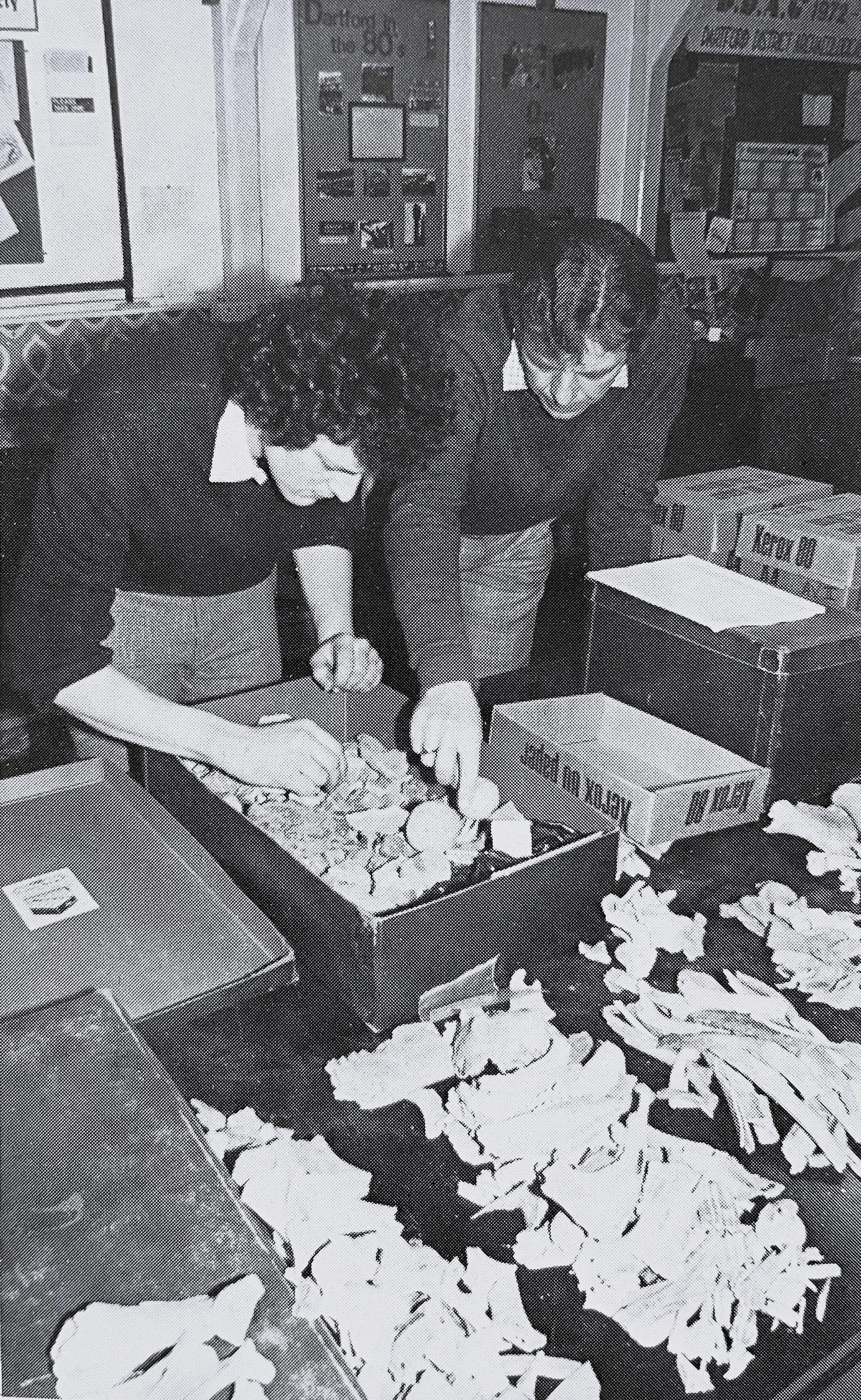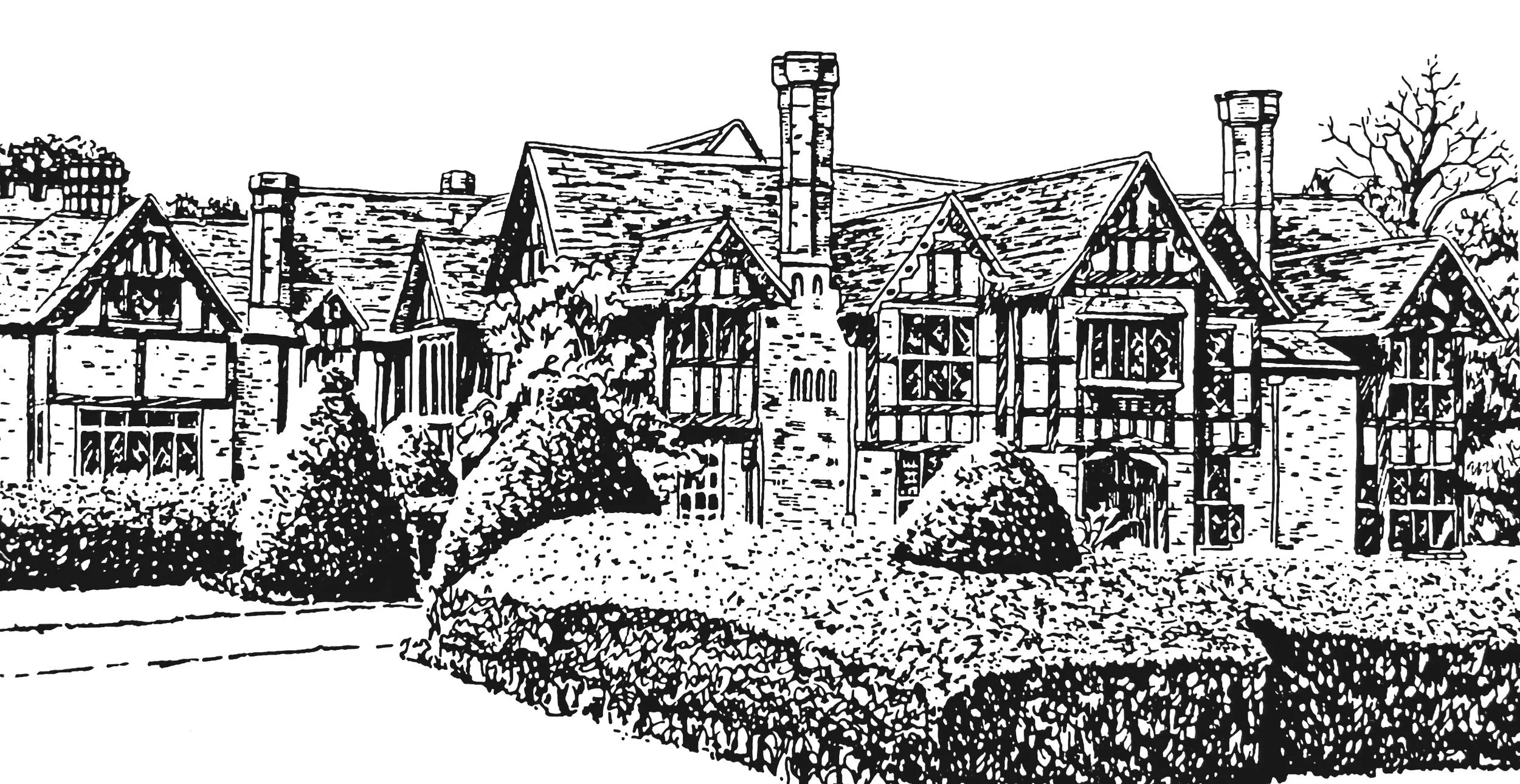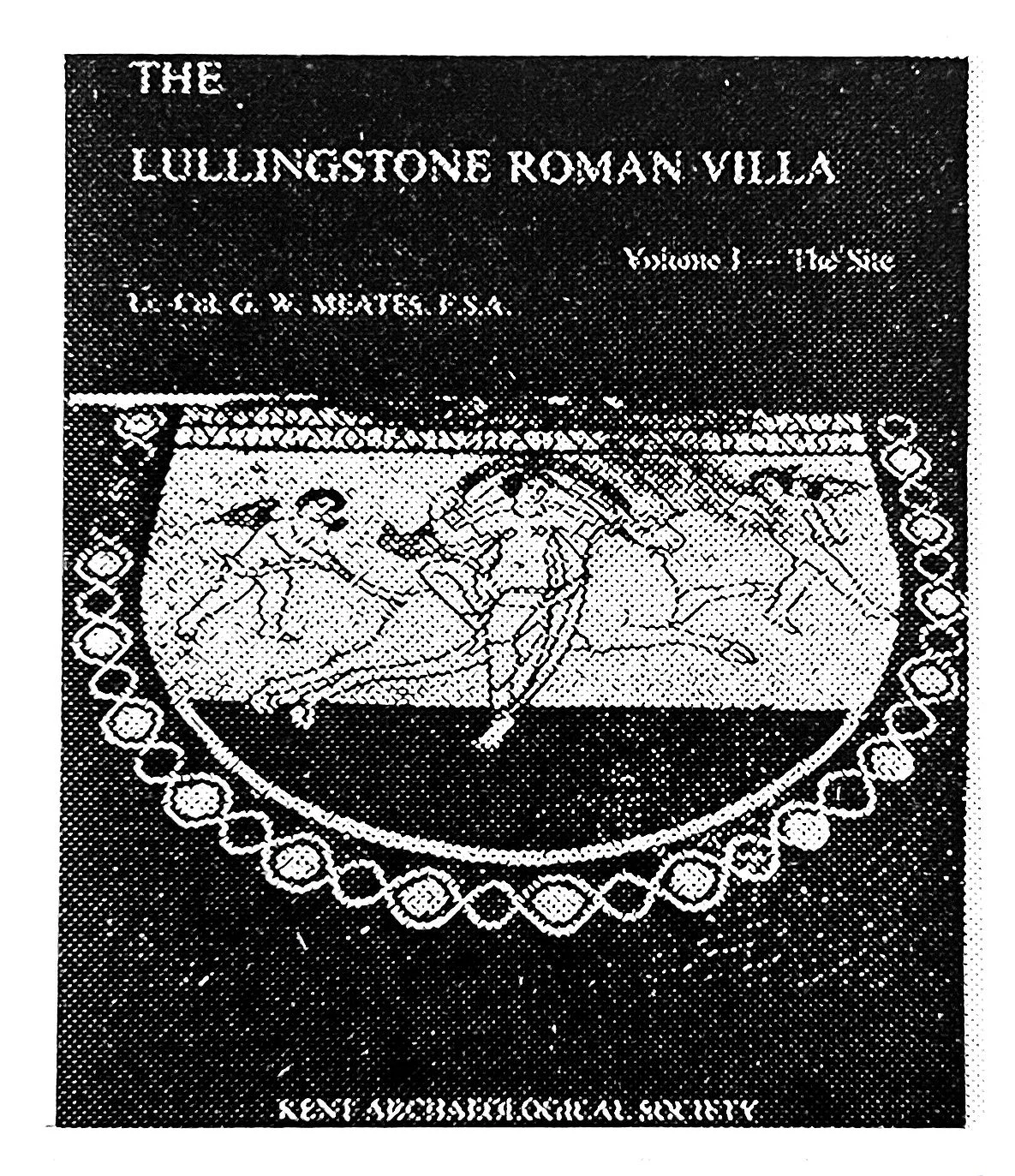
KAS Newsletter, Issue 1, Spring 1982
New Bronze Age burial in Wouldham & updates on Kent's archaeology, exhibitions, and society initiatives highlighted.
Contributions to the next issue are welcome. See the guidance for contributors and contact Editor Craig Campbell.
Search page
Search within this page here, search the collection page or search the website.
Previous
Previous
Lecture Diary
Next
Next
Bronze Age Burial in Wouldham
Written By KAS
Featured
KAS Newsletter, Issue 1 (Spring 1982). Maidstone: Kent Archaeological Society.
Peter Draper, Honorary Librarian, 1982, KAS Newsletter, Issue 1 (Spring 1982). Maidstone: Kent Archaeological Society.
KAS Newsletter, Issue 1 (Spring 1982). Maidstone: Kent Archaeological Society.
Allen Grove, 1982, KAS Newsletter, Issue 1 (Spring 1982). Maidstone: Kent Archaeological Society.

